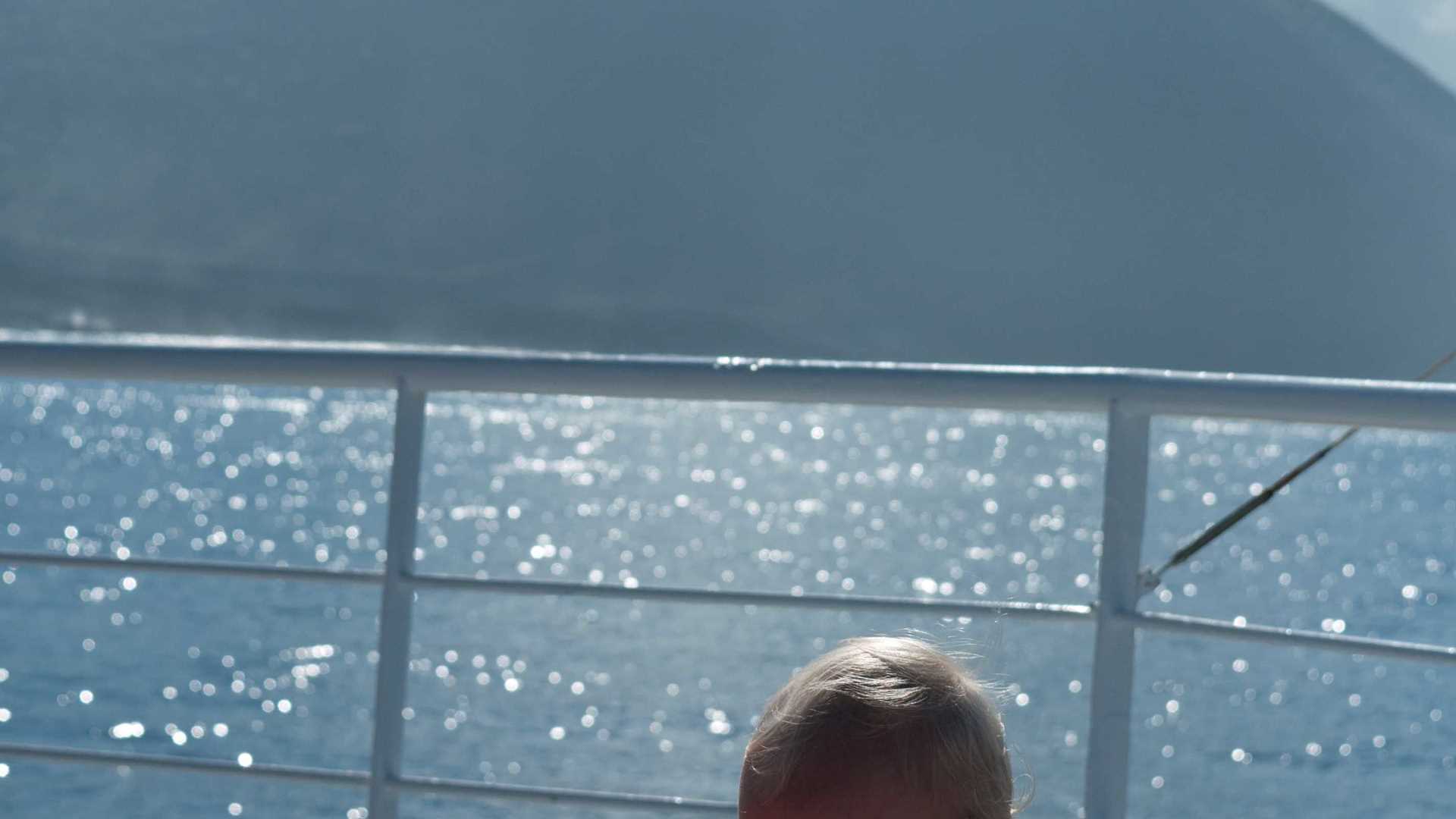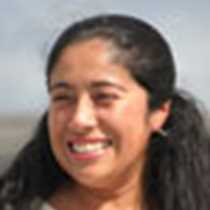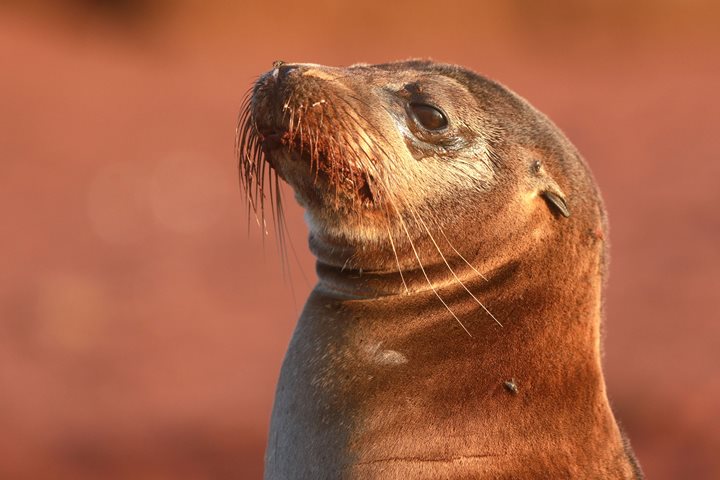This was our first day in the western part of the Galapagos Archipelago. We crossed the equator line after breakfast! The landscape of the northern part of Isabela is surreal. We boarded our Zodiacs and started an amazing exploration along the coastal area. We saw Galapagos sea lions, Galapagos fur seals, flightless cormorants, blue-footed boobies and brown noddy terns. After a short time on board, we all changed and went snorkeling. It was unbelievable! Although there was a swell in the area, we snorkeled with ocean sunfish, Mola Ramseyi, a large number of Pacific green sea turtles and many fish! In the afternoon, we visited the youngest island, Fernandina. This is the beginning of life and a perfect example that although this is a harsh and hostile environment, life is resilient and find always a way to settle! Galapagos at its best!
- Daily Expedition Reports
- 06 Mar 2018
Isabela and Fernandina Islands, 3/6/2018, National Geographic Islander
- Aboard the National Geographic Islander
- Galápagos
Vanessa Gallo, Naturalist
Vanessa Gallo’s grandparents arrived in the Galápagos Islands in 1936, making her the third generation of her family to live and work in this magical archipelago. She left the islands for the capital city of Quito for high school, where she discovere...
Read MoreShare Report
Related Reports
11/23/2022
Read
National Geographic Islander II
Isabela and Fernandina
Our day began with the chance to point out a lot of interesting geological features as we enjoyed Zodiac tours along a massive flank of Ecuador Volcano on Punta Vicente Roca. In the afternoon, we took a sunny walk on Punta Espinoza on Fernandina Island. We spotted many iguanas, and a bunch of sea lions hanging around, too.
11/22/2022
Read
National Geographic Islander II
North Seymour & Rabida Islands
Relatively small and low compared to neighboring Santa Cruz, North Seymour is located to the north of Baltra. The island is dry with predominantly low shrubs, like prickly pear cacti. The incense trees are bare during the dry season. Seabirds like frigatebirds and blue-footed boobies nest on the island, and sea lions rest on the sand when they are not fishing. Land and marine iguanas also live here. Rabida is in the middle of the archipelago and has a striking red sand beach. We observed a small colony of sea lions of all ages resting or nursing. Behind the beach, American flamingos nest in a brackish lagoon. This island is full of contrasts and wildlife that we enjoyed observing during this day of expedition.







